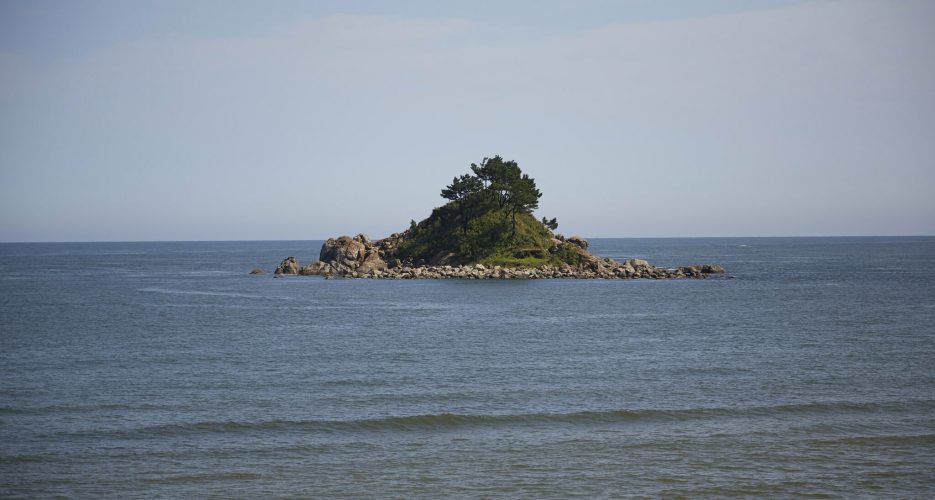It must have been an odd sight. On September 18, 1996, Lee Jin Gyu, a South Korean taxi cab driver, was taking a passenger on the Gangneung-Tonghae coastal highway. A little before one in the morning, the driver noticed a group of men clustered on the side of the highway. Their hair was short, their clothes nearly identical. Lee—perplexed and curious—completed his fare before returning to the area. The men had disappeared. A strange shape, however, lurked in the water. Walking down to the ocean under a waning crescent moon, he observed what “…looked like a dolphin or a submarine” about 65 feet from the shore.[i] “I was certain it wasn't a fishing boat. So I reported it to the police,” Lee recalled.[ii]
The cab driver was lucky to be alive. He had unintentionally stumbled on 26 North Korean soldiers and a grounded DPRK Sang-O (Shark) class, 325-ton submarine.
It must have been an odd sight. On September 18, 1996, Lee Jin Gyu, a South Korean taxi cab driver, was taking a passenger on the Gangneung-Tonghae coastal highway. A little before one in the morning, the driver noticed a group of men clustered on the side of the highway. Their hair was short, their clothes nearly identical. Lee—perplexed and curious—completed his fare before returning to the area. The men had disappeared. A strange shape, however, lurked in the water. Walking down to the ocean under a waning crescent moon, he observed what “…looked like a dolphin or a submarine” about 65 feet from the shore.[i] “I was certain it wasn't a fishing boat. So I reported it to the police,” Lee recalled.[ii]
The cab driver was lucky to be alive. He had unintentionally stumbled on 26 North Korean soldiers and a grounded DPRK Sang-O (Shark) class, 325-ton submarine.
Become a member for less
than $5.75 per week.
Unlimited access to all of NK News: reporting, investigations, analysis
The NK News Daily Update, an email newsletter to keep you in the loop
Searchable archive of all content, photo galleries, special columns
Contact NK News reporters with tips or requests for reporting
Get unlimited access to all NK News content, including original reporting, investigations, and analyses by our team of DPRK experts.
Subscribe now
All major cards accepted. No commitments – you can cancel any time.












